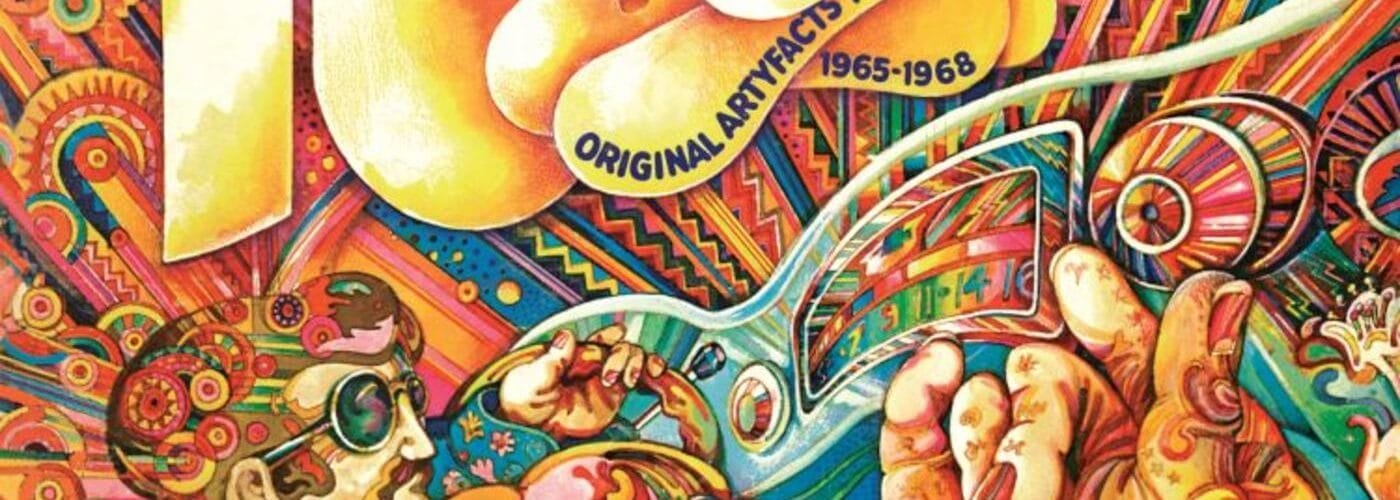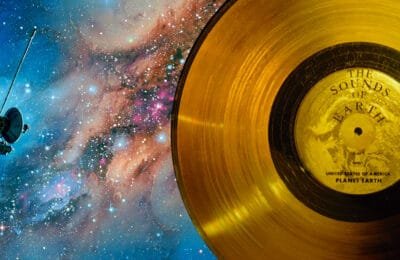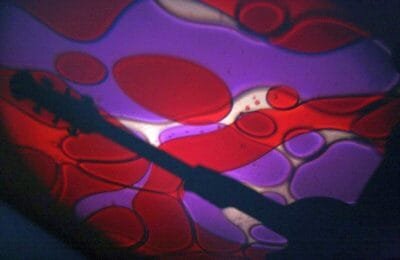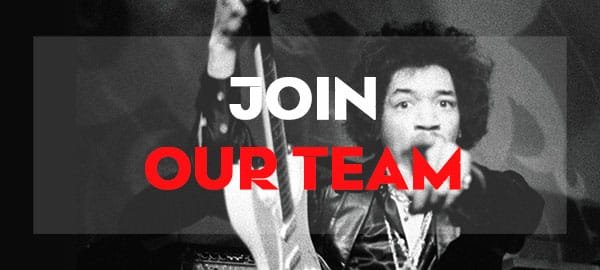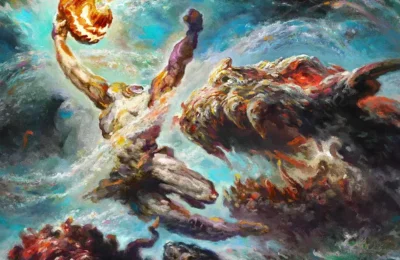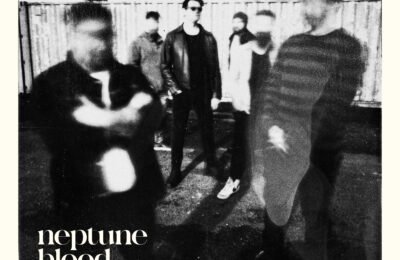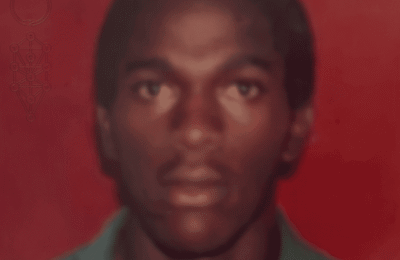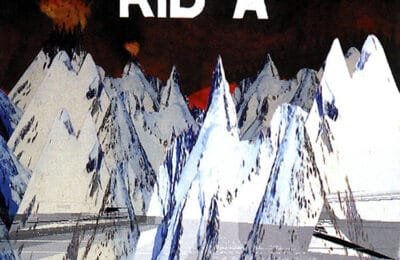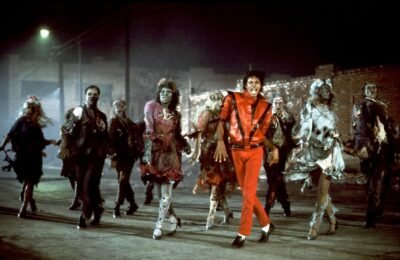As you dig through Rock ’n’ Roll’s past, you’re sure to find stuff of legend made of gold: unforgettable albums by legendary people, guitar heroes, genius songwriters… You know all the names—I don’t even need to mention any. But what about the rest? In the background, some really good little nuggets await to be unearthed, rediscovered… Little golden hits lost on radio waves of yesteryears.
In the wake of the British Invasion in the 1960s, countless young Americans were inspired to create their own bands. The youth was bubbling with creative new ideas, new trends, standing up to the powers that be and making sure their voices would be heard. All of this naturally transpired in the music. Music was a medium to reflect the changes in society as much as an accelerant for that change.
That raw, untamed energy got a second chance in 1972, when a young rock writer named Lenny Kaye compiled Nuggets — a double album of garage rock tracks that had been collecting dust. He thought he was assembling a quirky archival project. What he created was the DNA of punk, garage revival, and countless underground scenes to come.
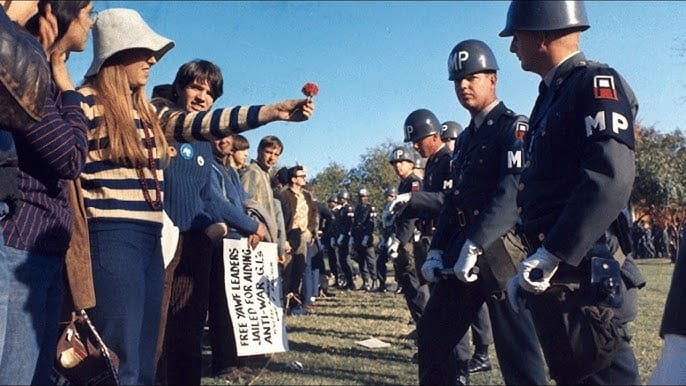
A Generation Awakens
To understand Nuggets, we need to rewind to the sixties. The teenagers and young adults of that decade had been born in the shadow of World War II. The economy is starting to bloom, but the morals are still very buttoned-up. In Europe, especially in the UK, the radios are controlled by state organisation like the BBC. And they don’t want any of that beatnik non-sense. So the youth listens to Pirate Radios —emitting from boats on international waters— to find their own voice. Fashion becomes another form of rebellion: skirts are shrinking, hair is growing longer. Mods favour sharp, custom-made suits, while hippies embrace homemade tie-dye.
Globally, peace was still elusive. Colonised nations were breaking away, often violently. The Middle East was in upheaval, trading one coloniser for another. In Asia, the war in Indochina spilled into what became the Vietnam War. In Britain and across Europe, young people pushed for more freedom, fighting against the stifling weight of conformity. On the other side of the pond, the hippie counterculture is raging. Young people are marching against the Vietnam War, and fighting alomngside the civil rights movements. Through it all, music was the common thread: the universal soundtrack of freedom.
The soundtrack of freedom
When the British Invasion stormed the US, young Americans devoured it. They spoke the same language of rebellion, shared the same thirst for change. Soon, they formed hundreds of bands of their own. But things were moving fast. Bands were fading into oblivion almost as fast as they had a hit on the radio, quickly replaced by another band. It was hard to keep up.

A Golden Speck of an Idea
In 1972, Jac Holzman, founder of Elektra (The Doors, Love, Iggy and The Stooges…) called Lenny Kaye into his office. Kaye, at the time, was a clerk in a record shop in New York City’s West Village, a rock writer, and a scout for the label. Holzman offered him a project that would change his life. He would gather up a list of songs from this musically rich, short era—too good to be forgotten. Kaye, very eager, took on the project.
He was boiling with ideas and already envisioning a series of eight LPs covering different parts of the country. The company quickly convinced him that a double album format would be commercially more viable. He got down to work, with the ambition of capturing the essence of this short period when music was evolving at such a pace it was hard to keep up. Kaye remembers: “As the project continued it honed in on this concept of capturing a transitional moment in time when rock was moving from singles to rock-as-art progressivism. I like those areas where things are very blurry and when people haven’t figured out what they’re doing. It’s evolution observed.”
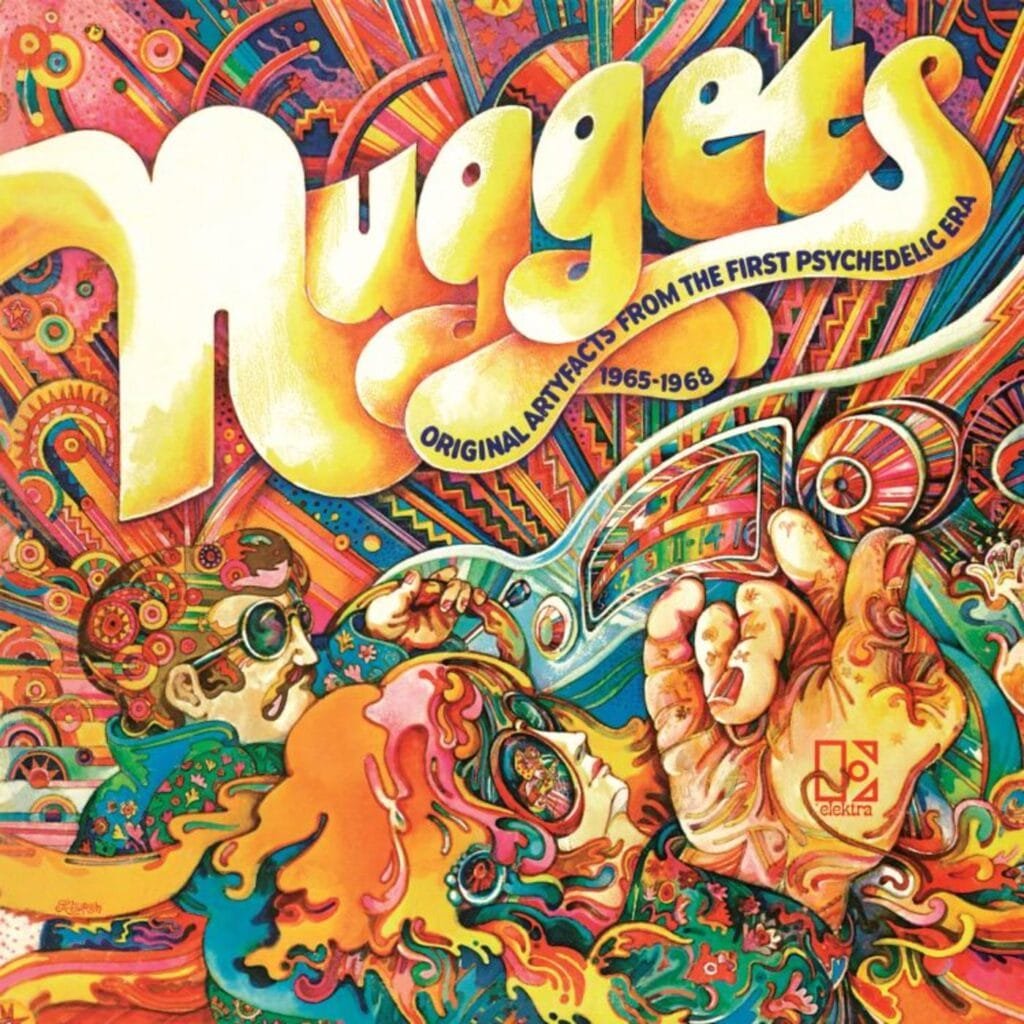
Digging Up the Nuggets
With the help of lawyer Michael Kapp to secure the rights for each song, Kaye ultimately handed over a list of 60 songs. With 30 tracks for a double album, he was still hoping for a follow-up release. However, his relationship with the label started to wear down. Kaye insisted on naming the compilation Rockin’ and Reelin’ USA, but Holzman was set on calling it Nuggets. In hindsight, even Lenny Kaye agrees today that it was a very fitting decision.
The compilation was eventually released in October 1972 under the full name Nuggets: Original Artyfacts from the First Psychedelic Era, 1965–1968. With an emphasis on the ‘y’ in Artyfacts — this is not a typo. The artwork is a very eye-catching illustration by Abe Gurvin. It depicts a couple tuning the auto-radio in a cabriolet, hair floating in the wind, in a psychedelic explosion of colours. Inside the gatefold, we find liner notes for each song, written by Lenny Kaye, explaining the context for each track.
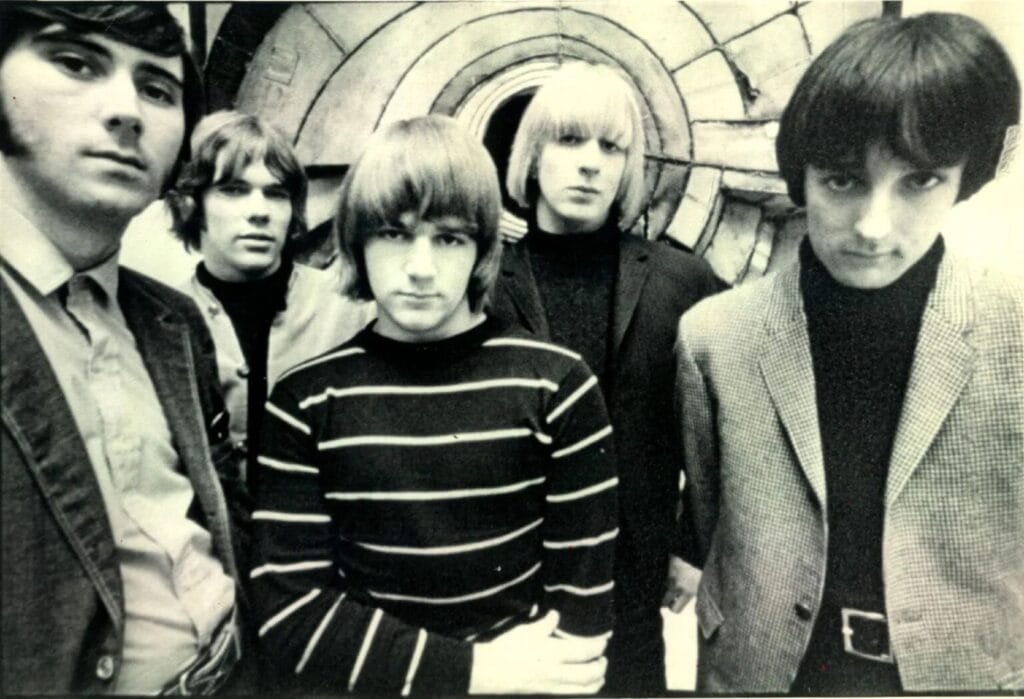
The First Use of “Punk Rock”
One of these little blurbs is going to make history. In his introduction to the opening track on side two—“Oh Yeah!” by The Shadows of Knight—Kaye writes: “The Shadows were almost too good to be true. Out of Chicago in the spring of 1966 via a remake of Them’s ‘Gloria’, they came on a classic garage-punk rock band doing mostly blues-based material that owed more to playing teen clubs and dances than the South Side.” And there you go: 1972, the term punk rock was used for the first time. It was referring to the Shadows’ raw style and their DIY energy and attitude fitting a garage band.
He goes on quoting a liner note from the Shadows’ own album. “If you invited them over for dinner, your parents would, at first, have you examined or call the police or run screaming to the neighbours.” Typical punks—who, of course, are very nice lads if you get to know them.
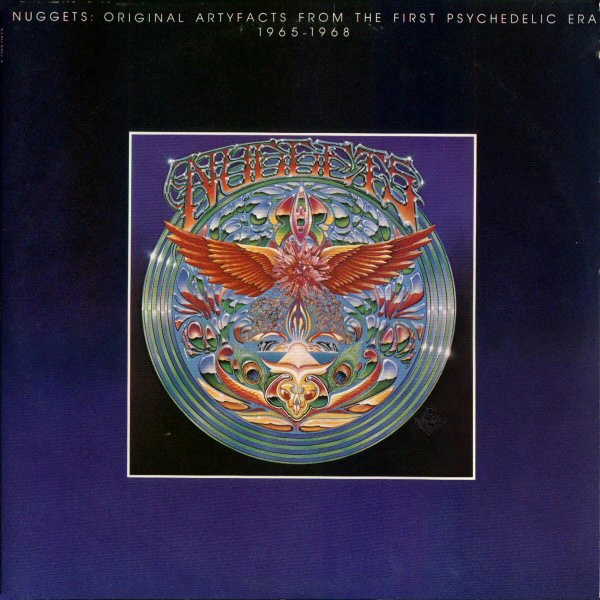
From Overlooked to Influential
Unfortunately, the album didn’t meet much commercial success. The collaboration between Kaye and Elektra stopped there. But a few years later, in 1976, the compilation was reissued with another cover—less attractive if you ask me. This one had a bit more of an impact. Not necessarily in terms of sales, but in terms of influence. In a decade marked by progressive rock, hard rock, or Motown it helped re-discover this garage style.
The production of an album at the time had become an essential part of the process to make an album, beyond the simple mixing to polish the sound. It was almost an art form. This intense part of the process was far from the DIY spirit and sense of immediacy that made the sound of these garage bands. Which spoke to the burgeoning Punk movement.
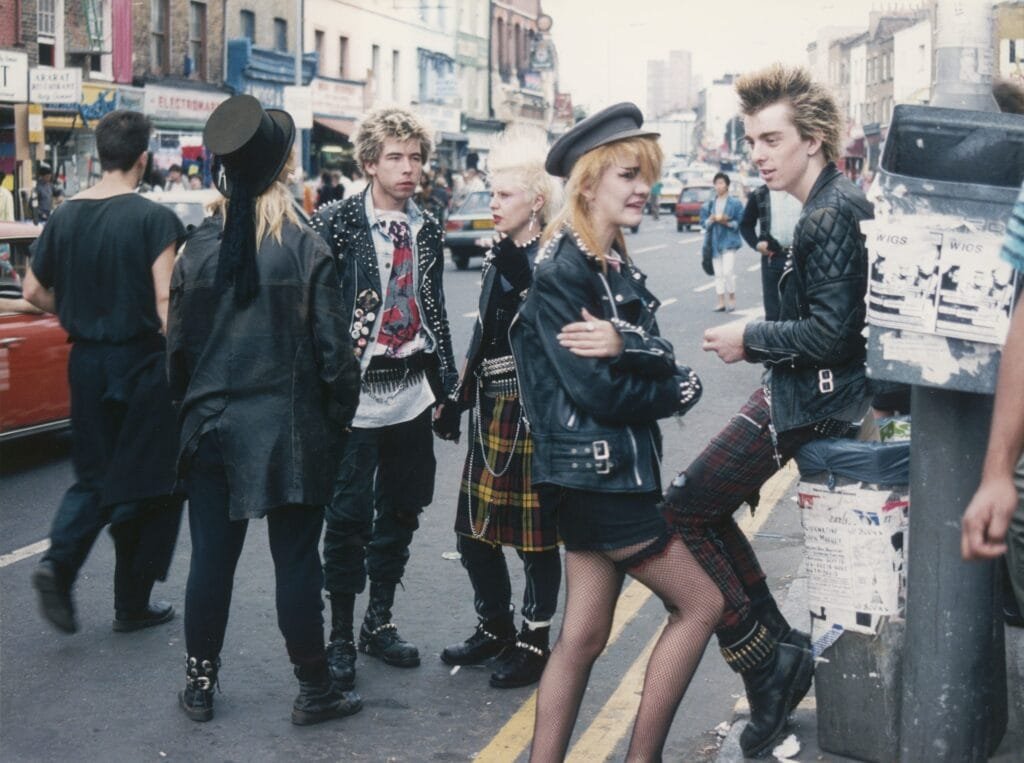
A Blueprint for Punk
Over time, the compilation reached a broader audience in Europe. Its inlfuence extended to the development of the punk scene and mod revival in the late ’70s and early ’80s. Bands like The Clash, The Sex Pistols, The Damned, or Siouxsie and the Banshees were clearly influenced—directly or indirectly—by the content of Nuggets. The raw sound of the American garage bands of the sixties, the sense of immediacy, the simple riffs, and those fuzz pedals resonated with the young generation in the late ’70s. American imports of albums and singles by these bands flooded second-hand shops, and young punks were loving it. Bands like The Electric Prunes or Thirteenth Floor Elevators even regained some interest and eventually reformed.
In his book England’s Dreaming, Jon Savage writes about how British punk musicians connected with earlier forms of rebellious American rock. And how Nuggets was part of the rediscovery of that lineage. He identifies it as a “road map to punk.” In more recent interviews, Lenny Kaye himself has said that by the late ’70s, he could see Nuggets being adopted “as a blueprint for punk, especially in the UK.”
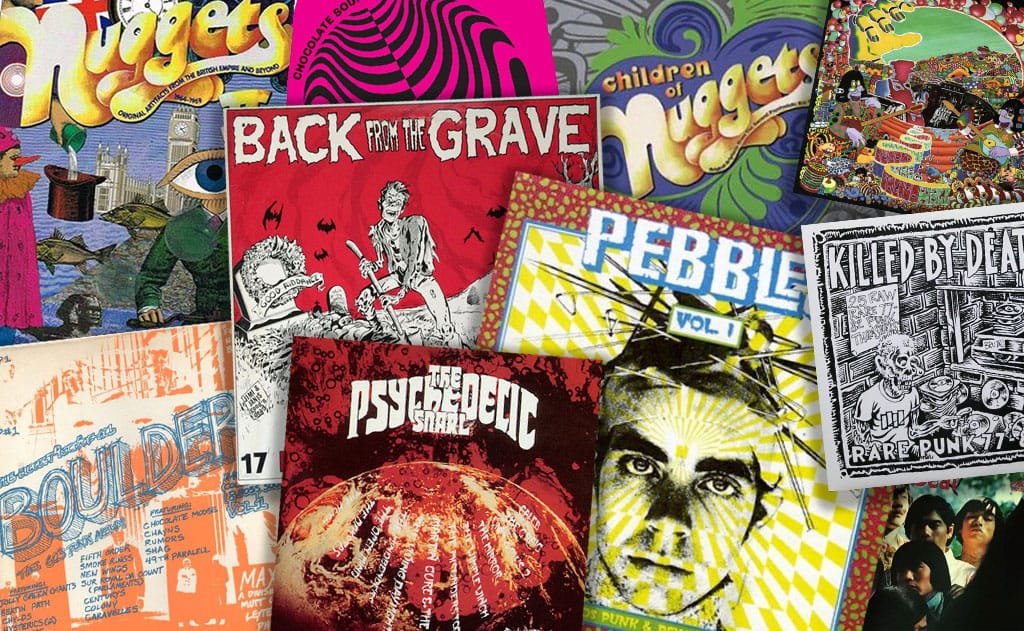
A Whole Industry of Unearthing
The Nuggets legacy also led to the creation of a niche industry. Starting in the ’80s, small labels went on unearthing their own rarities and publishing them into compilations. The Pebbles series gathered more than 800 obscure tracks covering “Original Punk Rock” from the mid-’60s in the US, over 12 volumes. Bam-Caruso Records released 20 volumes of the Rubble series focusing on late-’60s British psychedelic rock. Finally, Crypt Records launched the aptly named Back from the Grave compilations of ’60s garage rock. These are only the most famous series—hiding a forest of other releases.
The most famous one, though, remains the Nuggets brand. Even though Lenny Kaye’s collaboration with Elektra only produced one golden fruit, the rights were acquired by Rhino in the mid-’80s. They released fifteen albums, twelve of which focused on a specific garage-rock subgenre or location. Just like what Kaye had originally envisioned. In 1998, they released a CD box set including the original album, plus three other CDs with 91 songs picked from the 15 other albums released in the ’80s.
The Nuggets Family Tree Expands
They didn’t stop there. Soon followed other box sets: Nuggets II: Original Artyfacts from the British Empire and Beyond, 1964–1969 came out in 2001. As the name suggests, it contains nuggets from all over the world, starting with the UK but going as far as Brazil (Os Mutantes), or Japan (The Mops). Love Is the Song We Sing: San Francisco Nuggets 1965–1970 and Where the Action Is! Los Angeles Nuggets: 1965–1968 focused on Californian gold, with tracks not previously included in earlier releases.
And of course, to mark the legacy of the original Nuggets, Children of Nuggets: Original Artyfacts from the Second Psychedelic Era, 1976–1995, was released in 2005. It compiled songs by bands ranging from the late ’70s to the ’90s, influenced in some way by the original album. Bands like The Flamin’ Groovies, The Cramps, The La’s, or Primal Scream feature on this box set.
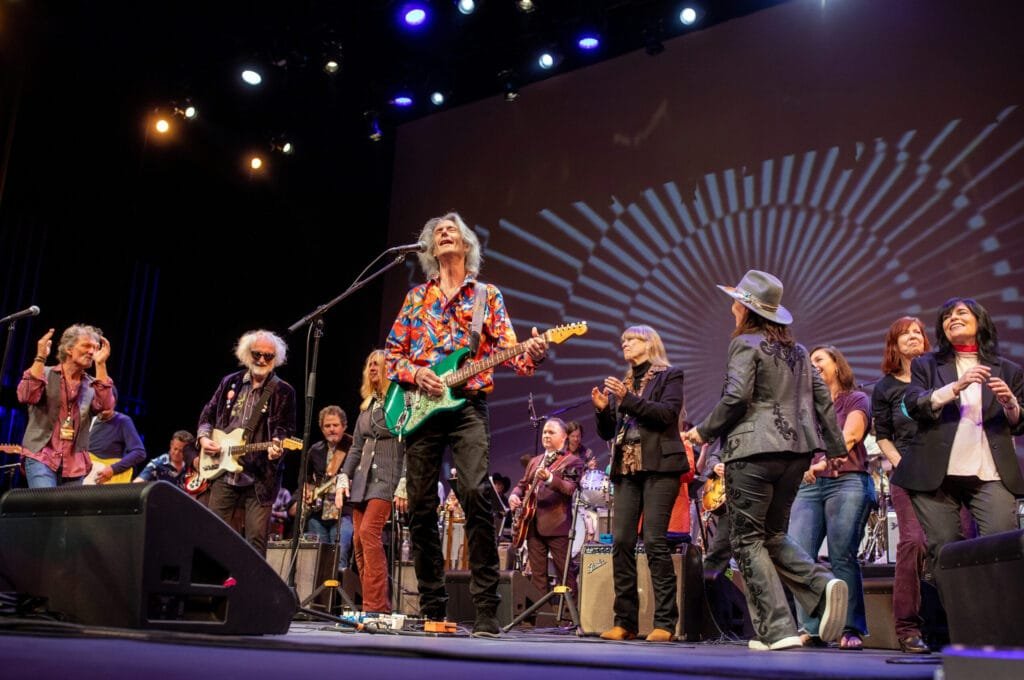
Conclusion: A Golden Legacy
In the end, Nuggets received critical acclaim. It has definitely left its mark on the history of rock music—which is quite unexpected for a compilation album. It helped define a whole genre in the late ’70s, inspired a whole industry… The release of all these box sets in the late ’90s is probably no stranger to the garage-rock revival movement of the early noughties! The album definitely deserves its place in Rolling Stone’s 500 Greatest Albums of All Time.
Eventually, in 2024, as part of the Record Store Day special releases, Rhino finally came back to Lenny Kaye to release the original Volume 2 as he had initially organised it, with his own liner notes
Tracks Worth Digging
Nuggets was always about discovery — unearthing songs that might otherwise have been lost to time and giving them new life. To keep that spirit alive, we’ve pulled together a selection of tracks across the different Nuggets compilations and beyond. Use the tabs below to dive into each era: from the original 1972 set, through its international sequel, to the fruits of its legacy with Children of Nuggets. In the last list, we compiled our own list to highlight how the Nuggets legacy echoes in more recent bands. Think of it as your own guided dig through the rock ’n’ roll archives.
- Nuggets
- Nuggets II
- Children Of Nuggets
- Echoes & Legacy
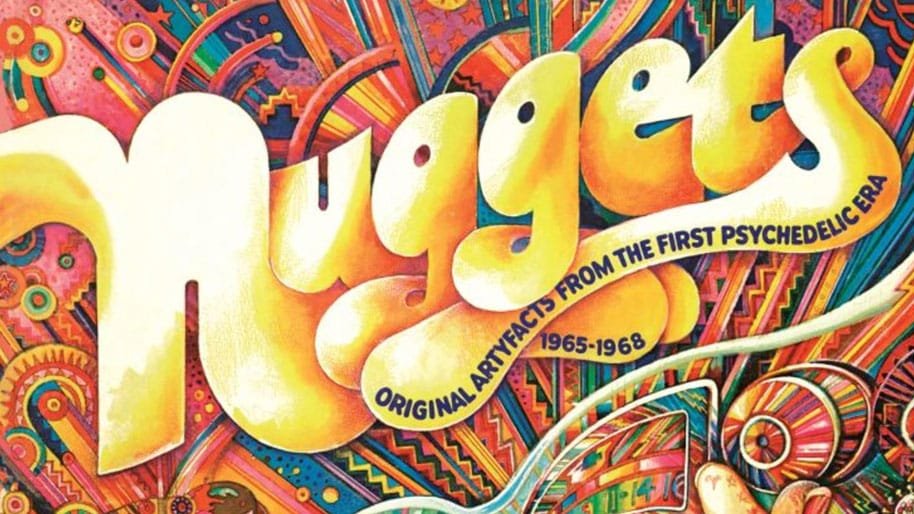
Nuggets: Original Artyfacts from the First Psychedelic Era – 1965–1968
Let’s explore some of the nuggets Lenny Kaye dug up for the original album. Some of these tracks stood out in history, by their influence on younger generations or by launching the early careers of future major players.
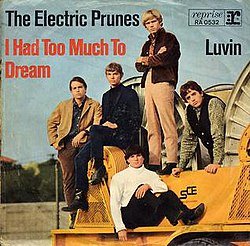
“I Had Too Much to Dream Last Night“, by The Electric Prunes
The Electric Prunes are maybe one of the most iconic band from the Nuggets. Being the first band to open the compilation left its mark. If Nuggets is to be one of the 500 best albums in the world, being the band to open it is definitely something. Even though the band had dissolved in 1970, the release of the compilation in 1972, and the re-release in 1976 helped the band avoid disappearing into oblivion. In the mid-80s, the demand led them to release old material — sometimes for the first time. And eventually, the band reformed in 1999 to record new material for the first time in 30 years, and start touring again in 2001. They went on releasing 4 albums from there.
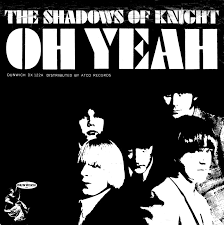
“Oh Yeah“, by The Shadows of Knight
As mentioned earlier, The Shadows of Knight made history as the first band ever to be coined a ‘punk rock’ band, by Lenny Kaye in Nuggets. Unfortunately the band didn’t know a major career. After the commercial success of their cover of Them’s “Gloria”, they struggled coming up with a follow-up, and met the fate of many band, with members leaving one by one.
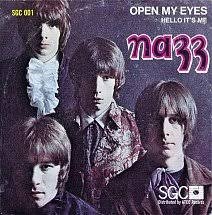
“Open My Eyes”, by Nazz
This track definitely deserves a place of honour on this compilation — punchy, melodic, and slightly ahead of its time. It was the debut single from Nazz, the band fronted by a young Todd Rundgren, and captures the energy of garage rock with an added touch of sophistication in the production. At the time, Rundgren is only 19, and already showing promise. After leaving Nazz, he went solo, showing all his skills as a performer. But he also famously produced for many bands: The Band, XTC, Meat Loaf (Bat out of Hell), New York Dolls… Always one step ahead of the curve, he explored electronic music, interactive media, and internet-based distribution long before they were mainstream.
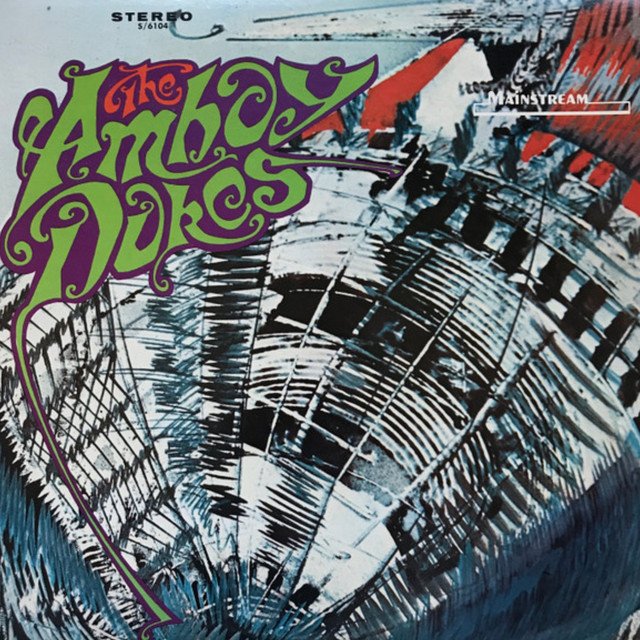
“Baby Please Don’t Go”, by The Amboy Dukes
The Amboy Dukes are covering the classic by Delta Bluesman Big Joe Williams, made famous by Them’s cover. The band is led by none other than a young and ferocious Ted Nugent. Their cover is a perfect example of garage rock mutating into full-blown psychedelia. The song turns into a freak-out jam, complete with trippy solos.
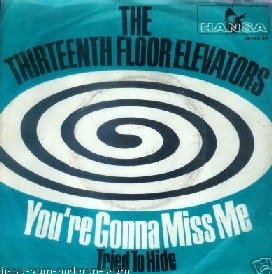
“You’re Gonna Miss Me”, by The Thirteenth Floor Elevator
The Thirteenth Floor Elevator’s debut single is a landmark of garage rock and psychedelic music, fueled by primal energy, raw emotion, and sonic experimentation. The band knows a fate quite similar to The Electric Prunes: they disband in 1969, and regain some fame following the successive releases of Nuggets, leading to some reformation. The Thirteenth Floor Elevator’s music went on to influence many bands like R.E.M, Jesus and Mary Chain, Spaceman 3, or Primal Scream.
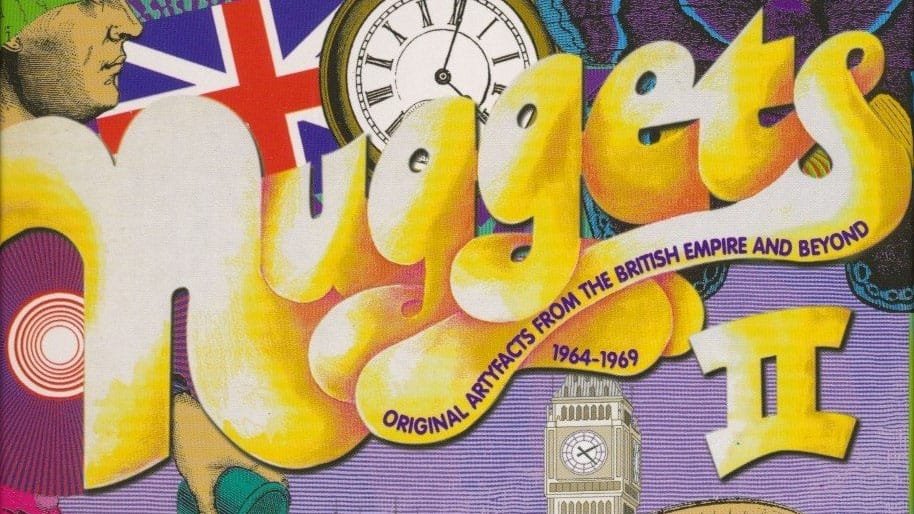
Nuggets II: Original Artyfacts from the British Empire and Beyond – 1964–1969
The boxsets following the first Nuggets may not have had the same impact and legacy, but they still helped rediscover some gems from all over the world. While some bands like the Small Faces or The Pretty Things were not necessarily forgotten, it had the merit to bring to light some excellent bands from all over the world. Let’s dig into it.
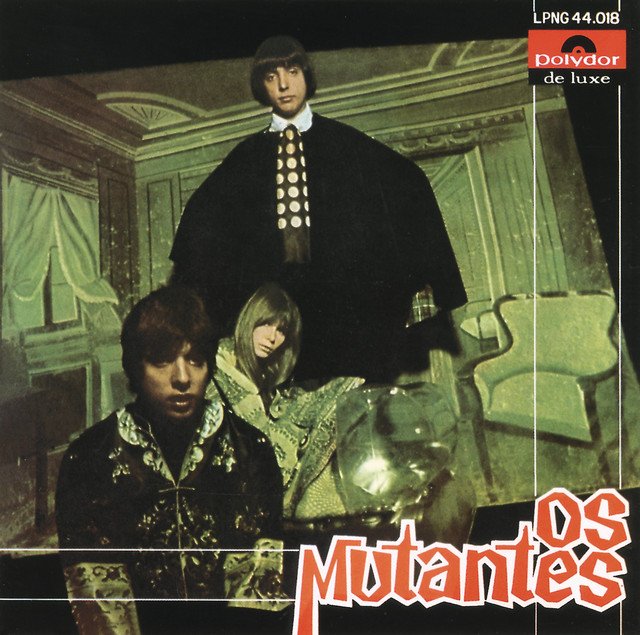
“Bat Macumba”, by Os Mutantes
One of my personal favourites. If it wasn’t for this Nuggets compilation, I would probably never have heard of them. “Bat Macumba” is an exciting little nugget of psychedelic rock, with Brazilian dancing rhythm, and fuzzy and distorted guitar. Coming from Brazil, Os Mutantes was one of the prominent figures of Tropicália, an artistic movement mixing popular and avant-garde influences from Brazil and all around the world. In the late ’60s military dictatorship context in Brazil, the movement was rejecting any form of imperialism. As a result, they were targeted by both government censorship and Marxist groups rejecting Western world popular culture. Their debut album, released in 1968, is a pure gem that is really worth a listen.
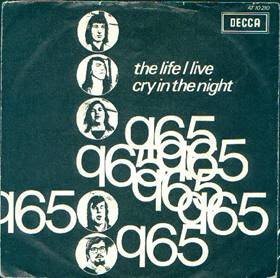
“Cry in the Night”, by Q65
The British Invasion didn’t only take over the USA, creating the garage-rock movement in its wake, but the entire world. In the Netherlands, the Nederbeat movement started making waves as a result. One of the prominent bands was Q65. The band formed in 1965, inspired by British bands with rhythm and blues influence such as The Kinks, The Animals, or The Rolling Stones. During one of their shows, they caught the attention of a producer, who invited them to record their first single merely a year after they formed. “Cry in the Night” is the B-side of their second single and is a perfect example of the Netherlands’ take on garage rock—raw, powerful, gritty, with an early punk vibe.
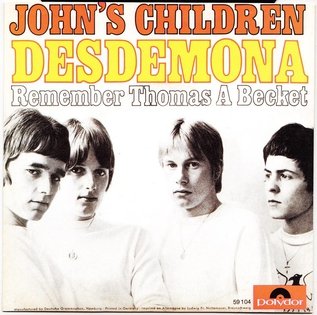
“Desdemona”, by John’s Children
John’s Children didn’t have a very long and prolific career: two years with a few singles and an album to show for it. Nevertheless, the band definitely left a mark and are considered precursors of glam rock. The manager of the band, Simon Napier-Bell (The Yardbirds), encouraged them in their outrageous habits on stage to keep the audience’s attention (as their music wasn’t so great at the start). Chris Townson, the band’s drummer, described their act as “theatre”, “anarchy”, and “deconstruction.” It would involve the bandmates faking fights on stage, with fake blood, feathers flying all over the place, thrashed instruments…
Marc Bolan eventually joined the band, signing a new single, “Desdemona”, which was banned for its lyrics: “Lift up your skirt and fly.” Shortly after, John’s Children left for a tour with The Who in Germany—known for their wild performances on stage—but were dropped mid-tour and had to go home. Pete Townshend would say they were “too loud and violent.” The truth is: they outstaged them. Bolan would whip his guitar with a chain, Townson attacked his drums, Andy Ellison would fake a fight with bassist John Hewlett before slashing pillows and diving into the crowd…
A few months later, Bolan left the band to form T. Rex. The band eventually split up in 1968. Hewlett went on to manage Sparks, and Ellison eventually formed Jet, which later became Radio Stars. The rest is history.
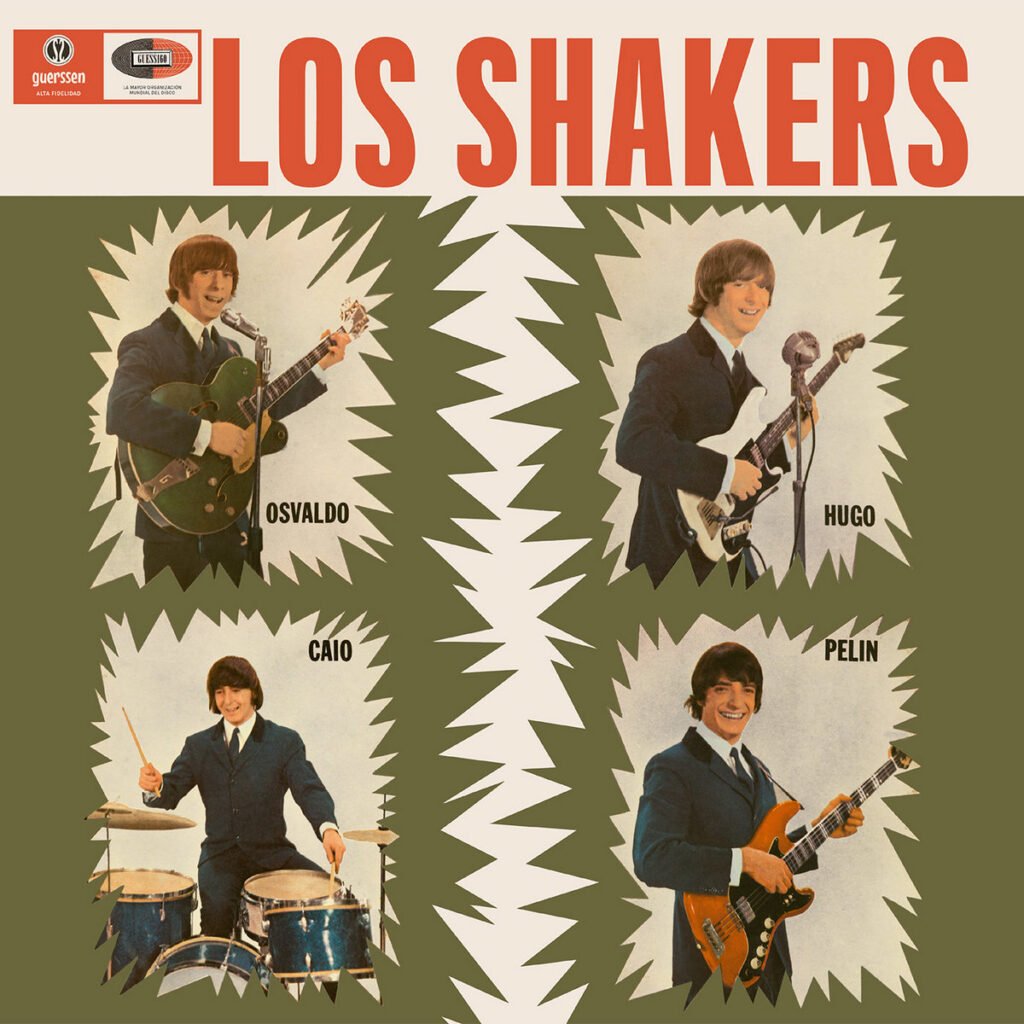
“Rompan Todo (Break It All)” – Los Shakers
The story goes that Los Shakers formed right after brothers Hugo and Osvaldo Fattoruso went to see A Hard Day’s Night at the movie theatre in 1964. The Uruguayan band mirrored the look of The Beatles as much as they drew inspiration from their music. Even though they covered some of the Fab Four’s songs, they were not a mere tribute band. In 1965, while The Beatles and other British bands were invading the charts in the US, Los Shakers were doing the same across Latin America, especially in Argentina, as part of the Uruguayan Invasion. They tried to have a go in America, but only met mild success out of curiosity.
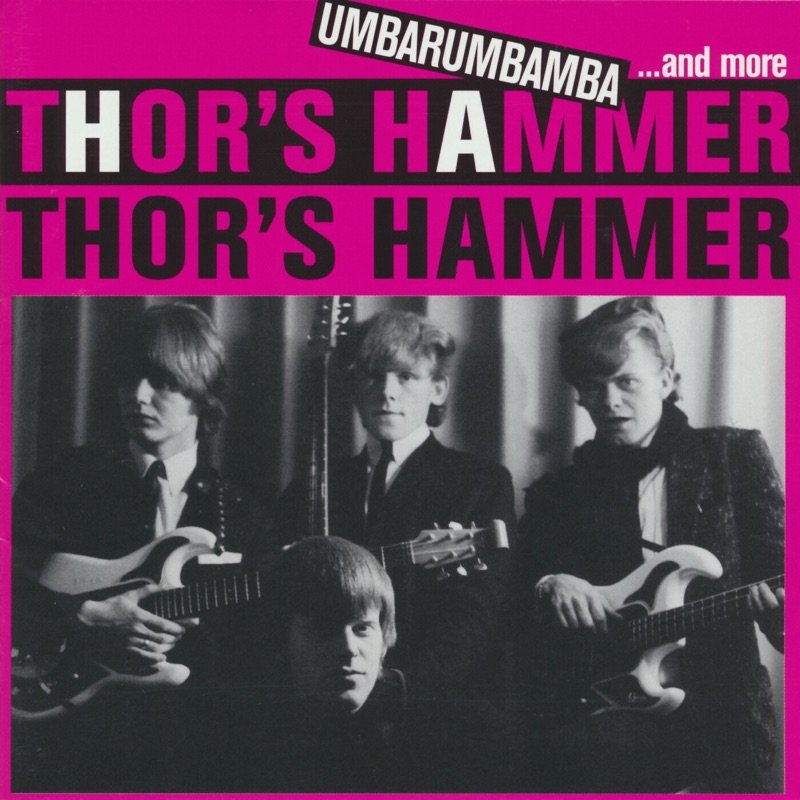
“My Life“, by Thor’s Hammer
Hljómar was an Icelandic band formed in Keflavík in 1963, and they quickly met good success. For the first time, an Icelandic band decided to try and conquer success in the rest of the world. Following promises of glory on the silver screen, they agreed to fund a project for a feature film by young director Reynir Oddsson. They shot hours of live music around different locations in the country, while young people danced around.
The movie, called Umbarumbamba, ended up being a shameful flop: 15 minutes of nonsense. The soundtrack, on the other hand, turned out excellent. To record it, the band managed to get a record deal in the UK with Parlophone. They changed their name to Thor’s Hammer, ready for overseas success. The record, released in 1966, featured six tracks including “My Life.” The band’s music had evolved toward a more garage style: raw energy, fuzzy guitars, hints of psychedelic vibes… a true little gem.
Unfortunately, the band didn’t last long after that. Broke after the failure of the movie, and struggling to get their money back from the director, tensions arose within the band. Thor’s Hammer eventually split in 1969.
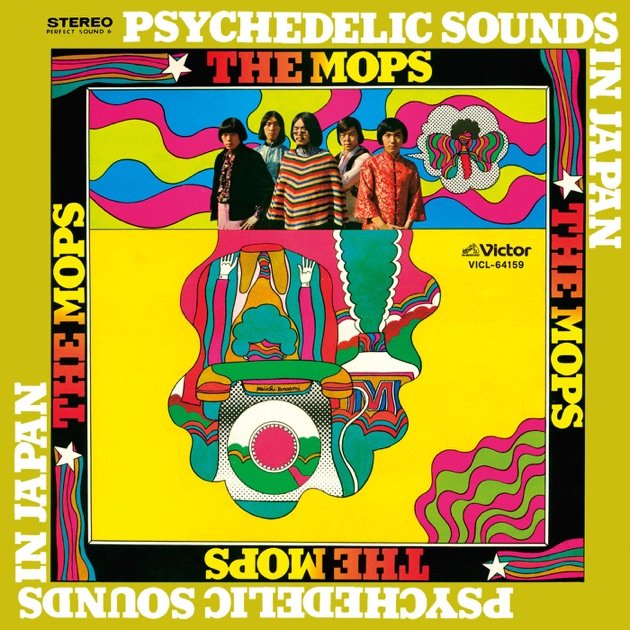
“I’m Just A Mops”, by The Mops
Formed in 1966 by a bunch of high-schoolers, The Mops started playing psychedelic rock after their manager shared some records he brought back from San Francisco. The press began covering them as the ‘first psychedelic band’ in Japan. They released their first album, Psychedelic Sound in Japan, in 1968. Their sound sometimes mixes Japanese melodies with Western psychedelic influences, as on their first single “Asamade Matenai.” They also covered many songs by Jefferson Airplane, The Doors, The Animals, and The Box Tops. Other bands like The Bunnys, The Beavers, and The Dynamites followed, contributing to a rich psychedelic Japanese sound. I strongly recommend giving a listen to the excellent debut album by The Mops—or try the amazing compilation Sixties Japanese Garage-Psych Sampler.
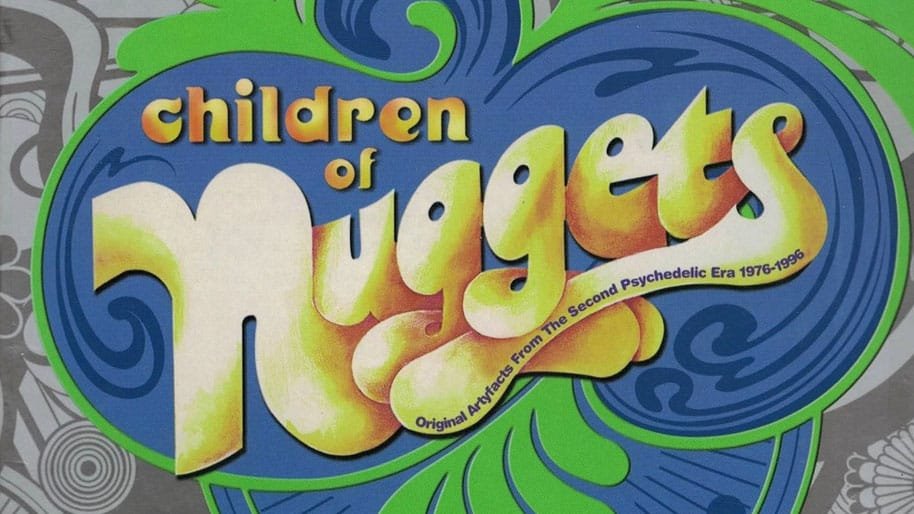
Children of Nuggets: Original Artyfacts from the Second Psychedelic Era – 1976–1995
Released in 2005, Children of Nuggets brought the story full circle. This time, the “nuggets” were bands from the late ’70s to the mid-’90s—artists who carried the garage-psych torch into new scenes and decades. No longer obscure relics, these songs show just how far the original Nuggets vision had traveled. Let’s embark for journey from punk to britpop.
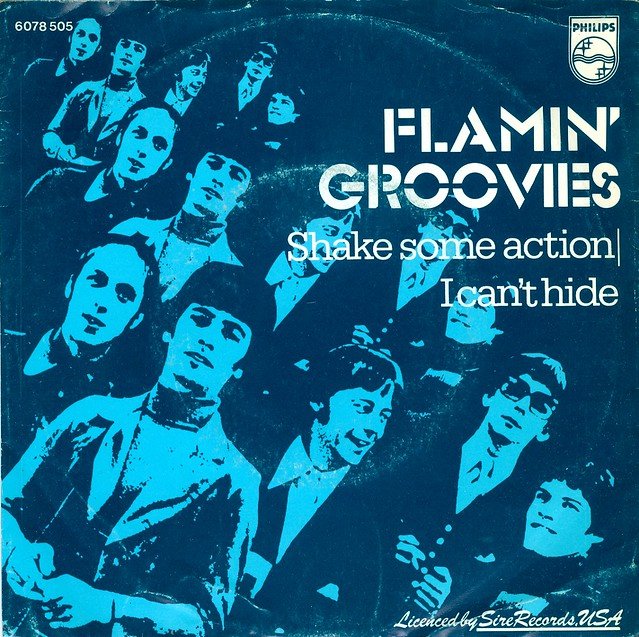
“I Can’t Hide”, by Flamin’ Groovies
Maybe one of the first of many of the Children of Nuggets. They could have actually been on the first Nuggets as the band formed in 1965 in Highschool in San Francisco and released their first album Supersnazz in 1969 — which was kinda « all over the map » according to original frontman Roy Loney… After various change of lineup the band grew up to be a prominent figure in the emergence of power pop, and considered as forerunners of Punk rock. Their 1976 album « Shake Some Action » is a true little gem of power pop. The garage rock origins are still there, the British Invasion influence still strong, but it is their own sound that is now raging on the radio waves, creating their own legacy.
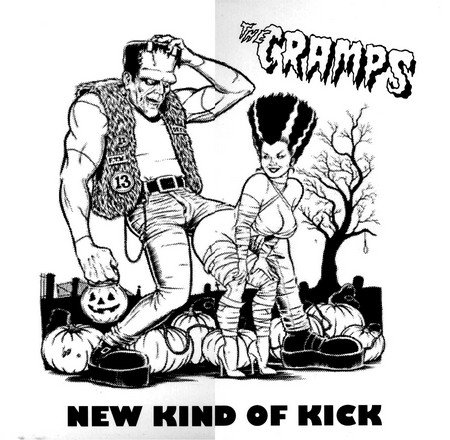
“New Kind of Kick“, by The Cramps
The song is in direct line with some of the sounds that composed the original Nuggets. Fuzzy pulsing guitars, strong garage vibes… In 1980s, with all the punk scene holding the spotlight, The Cramps are definitely playing their part. But their sounds is much more. The gritty garage sound is mixed with a good psychedelic vibe and some rockabilly influences. The result is quite psychotic really… Which led them to be credited as the creator of the Psychobilly subgenre.
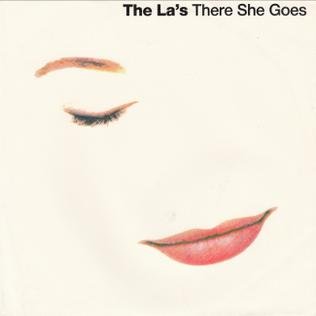
“There She Goes”, by The La’s
Formed in 1983, The La’s —an abbreviated version of The Lads— made a name for themselves locally before gaining any attention with record labels. The band had two leading figures: Mike Badger —whose songs were more of a rockabilly vibe— and Lee Mavers — whose writing was more influenced by the late 60s. Shortly after, Mike Badger left the band, Lee Mavers came to the rehearsal room with a song with so much potential, that guitarist Paul Hemmings saw its potential immediately, while wondering if this nugget would be able to reach a wider audience. A few years later, that song was on every radio, on every lips, reaching platinum. “There She Goes” was an instant classic, and a strong precursor the britpop wave that was merely about to form.
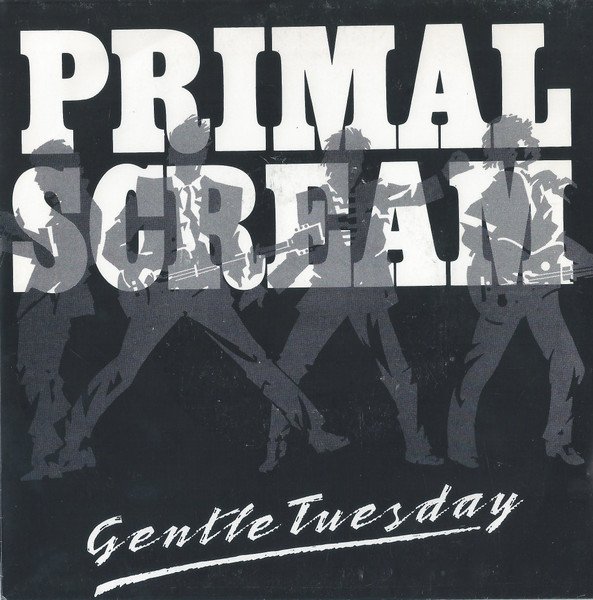
“Gentle Tuesday,” by Primal Scream
Before they reinvented British rock in the ’90s, Primal Scream were jangling disciples of the ’60s. Forced to choose between drumming with The Jesus & Mary Chain, and his own band with Jim Beattie in the mid-’80s, he chose the latter and focused entirely on Primal Scream. Their debut Sonic Flower Groove (1987) wore its Byrds influence proudly: chiming guitars, paisley flourishes, dreamy harmonies. While the album was dismissed by critics as a retro exercise, one song stood out: “Gentle Tuesday,” warmly received as its undeniable highlight. The backlash pushed Beattie to leave the band soon after, leaving Gillespie, Innes, and Young to steer Primal Scream into rockier territory — and the rest is history.
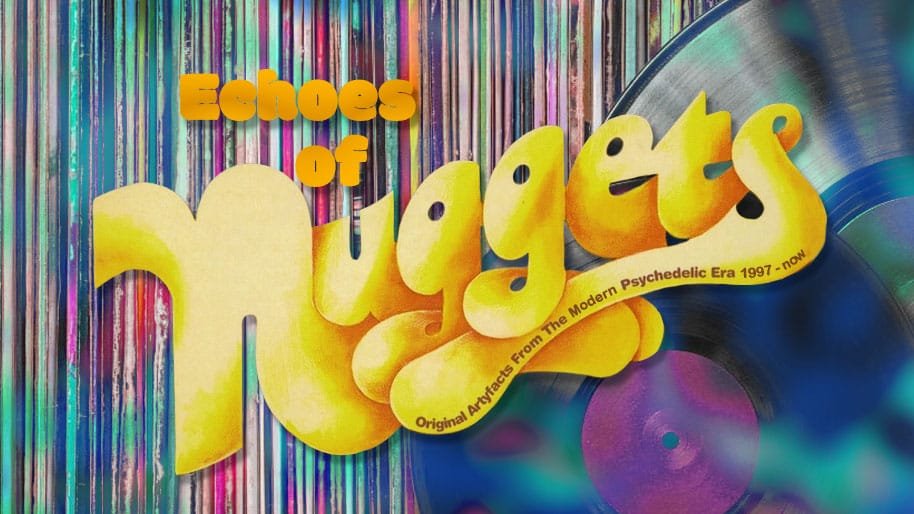
Echoes of Nuggets: From the ’90s to Now
The influence of Nuggets didn’t stop with the official compilations, or their many counterparts. Across decades and genres, its raw spirit, fuzzed-out sound, and DIY attitude found new life in the hands of modern artists. Nuggets is no longer just a record—it’s a DNA strand in rock’s evolution. Let’s explore more artists that didn’t made it on the Children of Nuggets, but still wore their references on their sleeves.
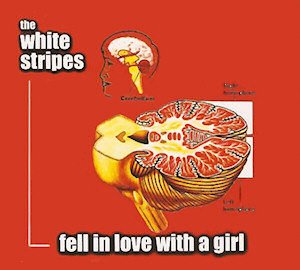
“Fell in Love with a Girl”, by The White Stripes
At the turn of the millennium, The White Stripes stripped rock back to its primal core: just guitar, drums, and a whole lot of fuzz. Jack White’s raw slide guitar riffs and Meg White’s pounding, minimalist drumming channeled the spirit of the garage 45s on Nuggets. Their early albums sounded like lost artifacts of the ’60s — bluesy grit, distorted energy, and a complete disregard for polish. But unlike many revivalists, they weren’t merely imitating: they brought garage rock to arenas and festivals worldwide, reminding a new generation that two people and a fuzz pedal could sound bigger than an orchestra.
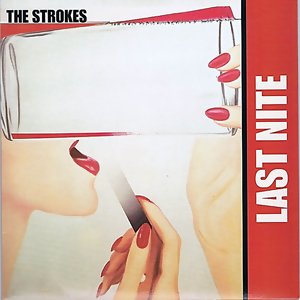
“Last Nite“, by The Strokes
If the White Stripes captured the Midwest’s blues-soaked garage roots, The Strokes were pure New York cool. Their 2001 debut Is This It is often credited with single-handedly reviving guitar rock for a jaded generation. With clean, razor-sharp riffs and a retro-leaning attitude, they carried the Nuggets ethos into the indie boom of the 2000s. Julian Casablancas’ detached vocals and the band’s stripped-down arrangements felt like they had been plucked from a forgotten Nuggets single and dropped into the new millennium. For many, they were the proof that garage rock never died — it just needed the right downtown swagger to reignite.
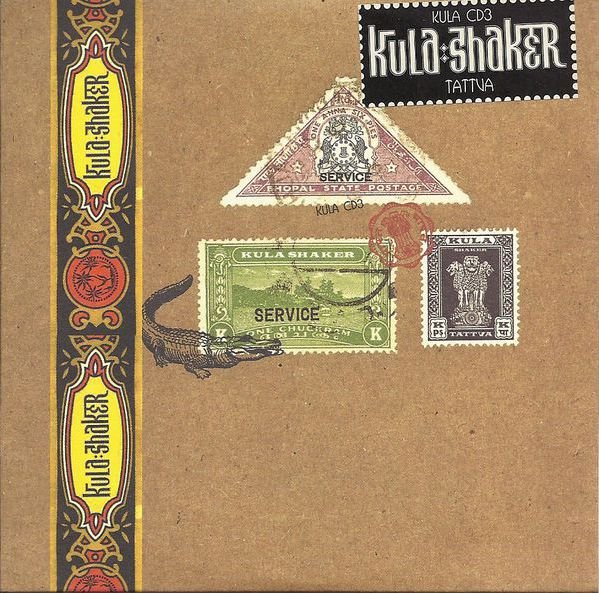
“Tattva”, by Kula Shaker
In the mid-’90s Britpop wave, Kula Shaker stood out by leaning unapologetically into psychedelic mysticism. While Oasis and Blur fought over the crown, Kula Shaker were fuzzing out guitars, chanting Sanskrit mantras, and layering sitar-like tones over pounding rhythms. Their 1996 debut K brought a distinctly 1967 flavour into the mainstream, echoing Nuggets’ fuzz and far-out vibes. The band’s embrace of spiritual themes and swirling sounds proved that psychedelia wasn’t just nostalgia — it could still be a vehicle for transcendence in modern rock.
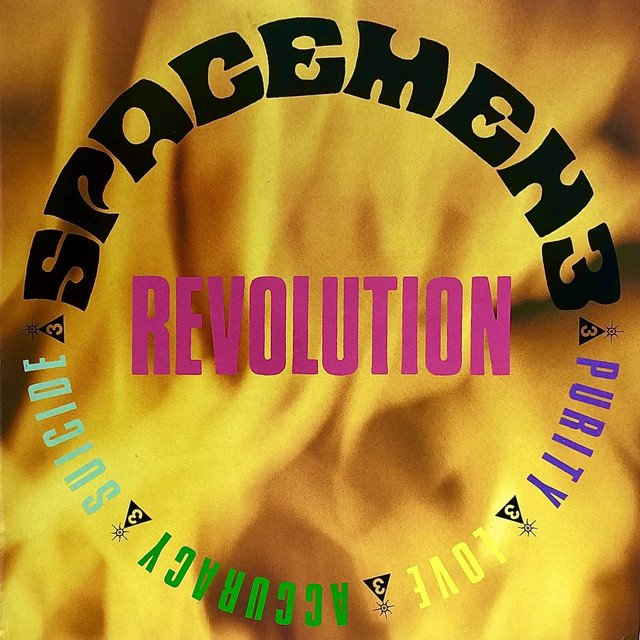
“Revolution”, by Spacemen 3
If Nuggets bands were the blueprint for fuzz and experimentation, Spacemen 3 built an entire cathedral on those foundations. Formed in Rugby, England in the early ’80s, they were obsessed with repetition, minimalism, and volume — taking cues directly from The 13th Floor Elevators and their “psychedelic elevator music.” Songs like Revolution or Take Me to the Other Side are essentially Nuggets run through a drone machine: primal chords stretched into infinity, soaked in feedback. Their influence fed into shoegaze, space rock, and even rave culture, proving that the garage-psych DNA could evolve into something utterly hypnotic.
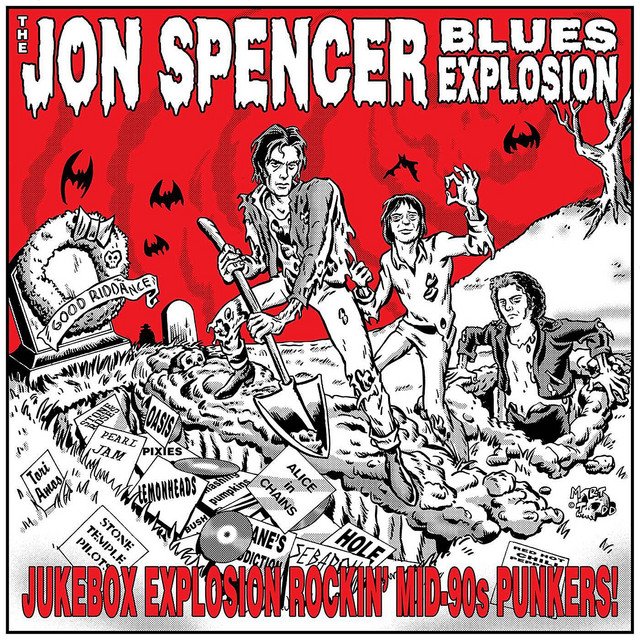
“Son Of Sam”, by Jon Spencer Blues Explosion (JSBX)
Jon Spencer took the chaos and attitude of Back from the Grave-era garage punk and cranked it to 11. Especially when you see the cover for Jukebox Explorion (2007) borrowed from the compilation’s first volume. With the Blues Explosion in the ’90s, he fused raw garage riffs with blues, funk, and sheer noise — a reckless energy that felt like Nuggets on amphetamines. Their live shows were pure fire: unhinged, unpredictable, dripping with sweat and distortion. Spencer wasn’t interested in retro pastiche; he was dragging the Nuggets spirit through the grime of New York’s underground and making it dangerous again.
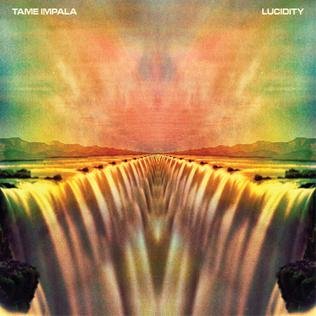
“Lucidity”, by Tame Impala
Long before Currents made Kevin Parker a psych-pop superstar, early Tame Impala was steeped in Nuggets’ DNA. Their 2008 EP and debut album Innerspeaker blended lush harmonies and psychedelic textures with a distinctly ’60s fuzz-guitar punch. Songs like Desire Be Desire Go and Lucidity could easily sit beside The Electric Prunes or The Thirteenth Floor Elevators, but with a modern production sheen. Parker’s genius was taking the Nuggets aesthetic — fuzz, reverb, and trippy vibes — and turning it into festival-filling psych-pop for the 21st century.
